
Why bother warming up? Is it worth your time?
Spoiler alert — Yes! And, there’s a good chance you’re doing it wrong. More on that later.
Perhaps most importantly, warming up will help you avoid injury. It will also increase your performance and the quality of your workout.
What is the purpose of a warm up?
Most exercisers are not aware that warming up is important for the nervous system. It’s important to get your body ready to recruit all the muscle fibers that it’s going to need to use.
As suggested in the name, warming up increases your core temperature. This is useful because the fascia surrounding your muscles and other connective tissues like tendons have a thixotropic property. This means the tissues change with heat. They get less stiff and this allows for more elasticity and glide which means less chance of tearing.
How to warm up:
Be specific
The movements used in your warm up should be specific to what you are about to do. They should incorporate all the joints and muscles you will be putting heavy demand on. That means a cardio warm up on the treadmill is not relevant for weightlifting. However, a set of bodyweight squats would be a good start before doing a goblet squat or back squat. You then would add light weight choosing 30-50% of your normal goblet squat or back squat before moving up to the full weight.
For those sticking with bodyweight squats, you would start by warming up with a scaled down version to start waking up your knees, hips and glute muscles. As an example, you could begin with bridges on the floor or hip thrusts over an exercise ball before moving into your full bodyweight squats.
If you are going to do a full body workout, make sure to choose a few scaled down variations of your exercises before you begin placing full demand on your joints.
Leave fuel in the tank
The warm up should prepare you for your training but not wear you out. Keep these movements at about 50% of your full effort.
Take the time
Allow your body enough time to loosen all your joints and muscles. Each day will be different but warm up long enough to feel your movement is smoother and you feel energized. It’s worth your time — so give it time.

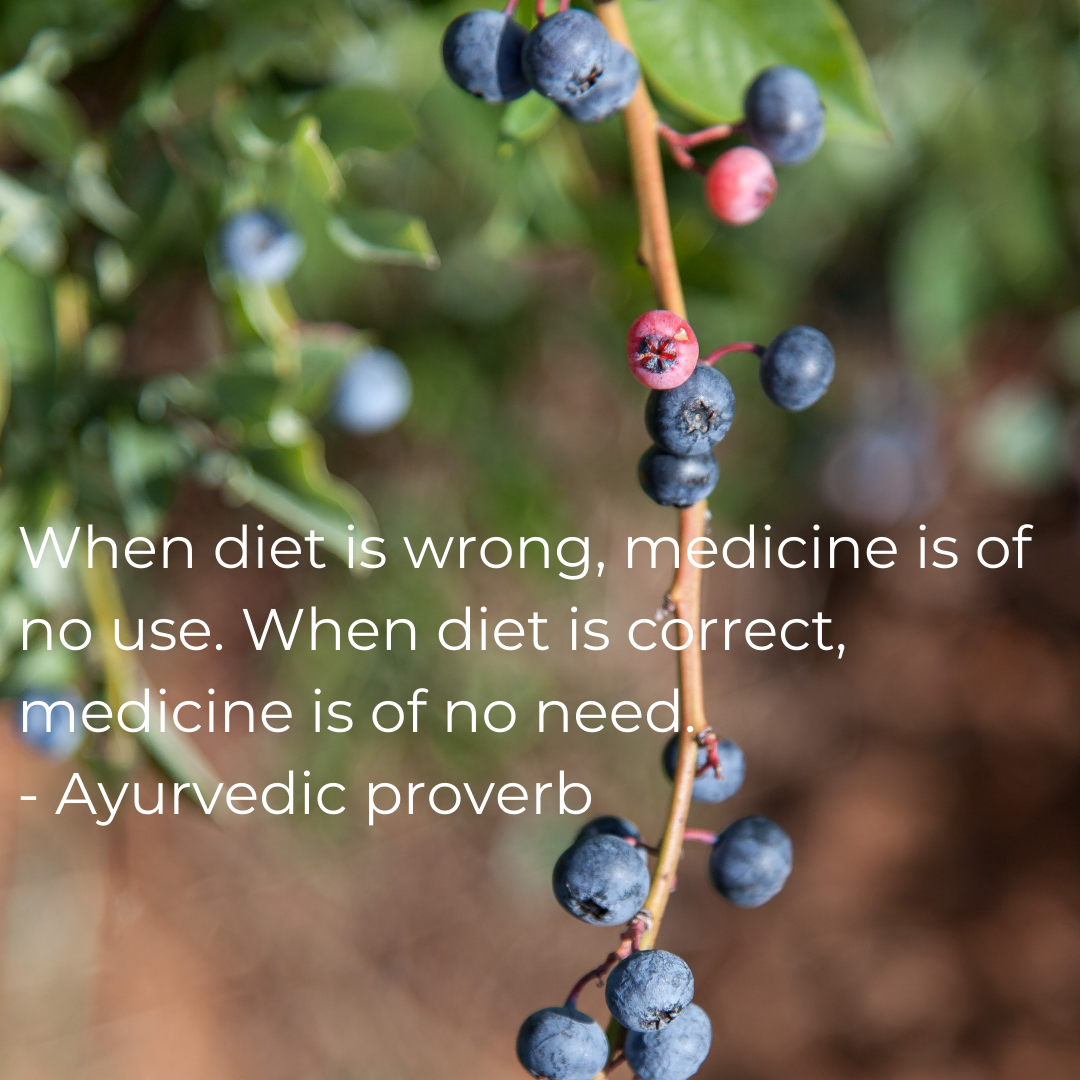

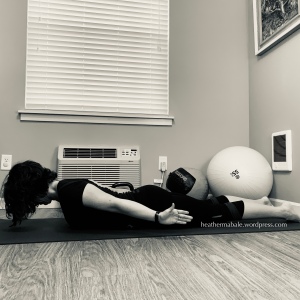
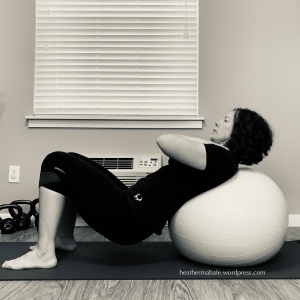

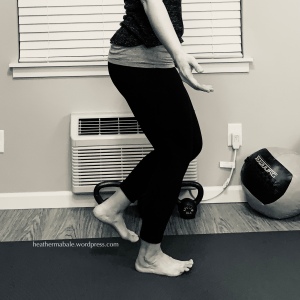
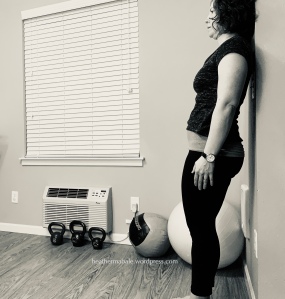
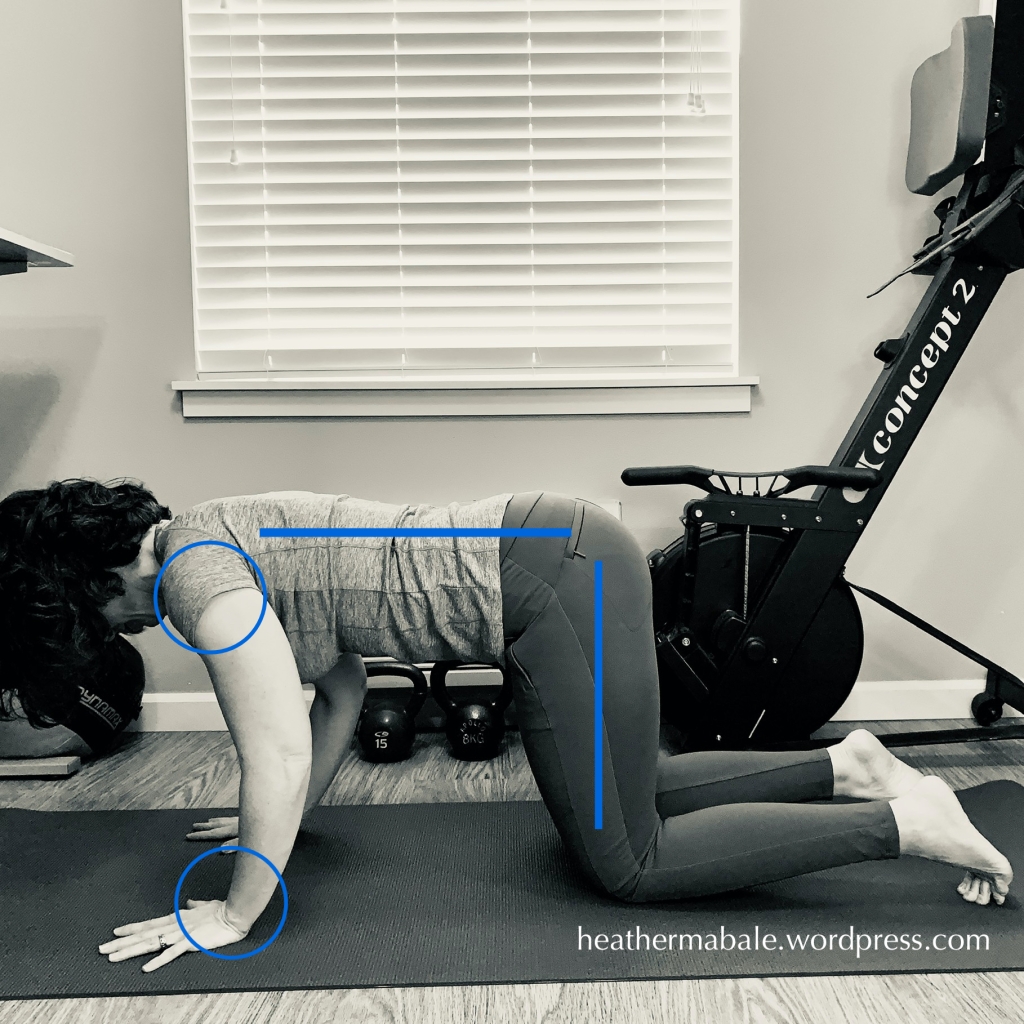
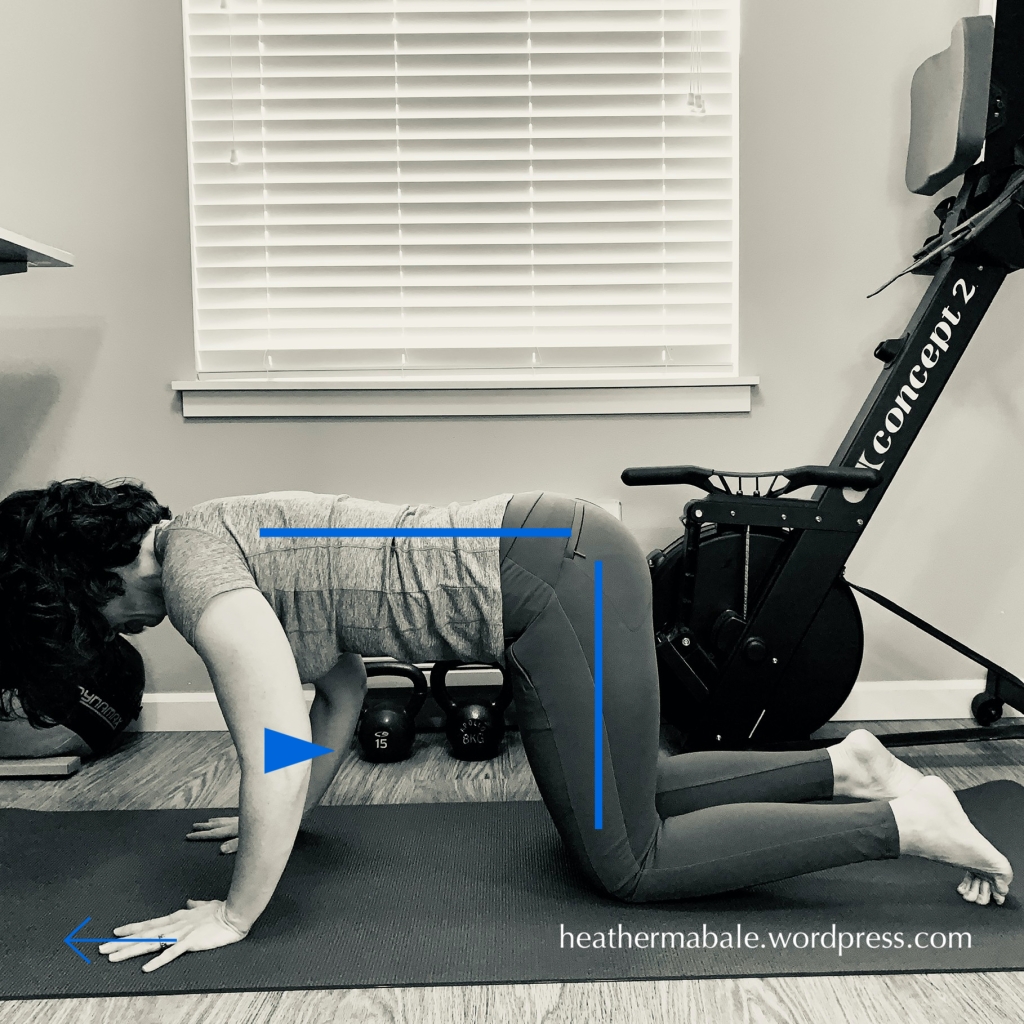
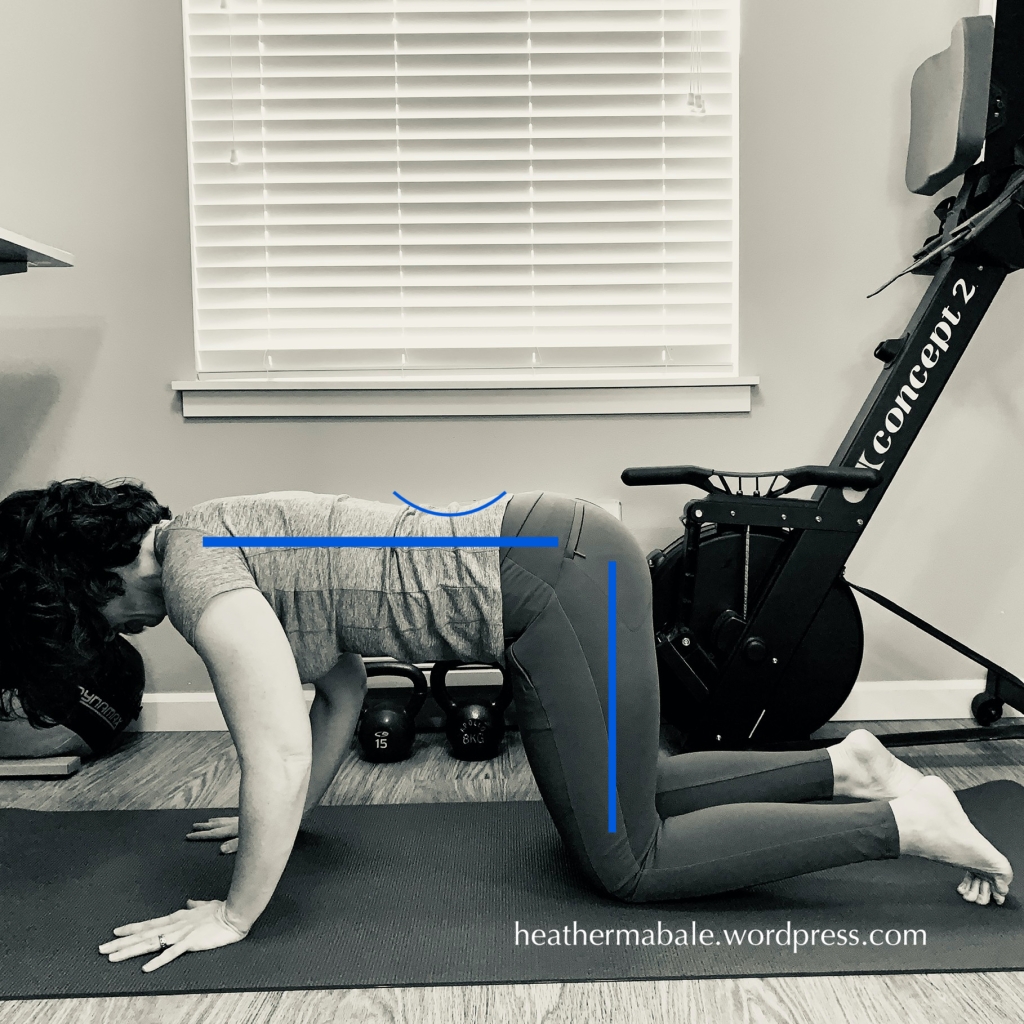
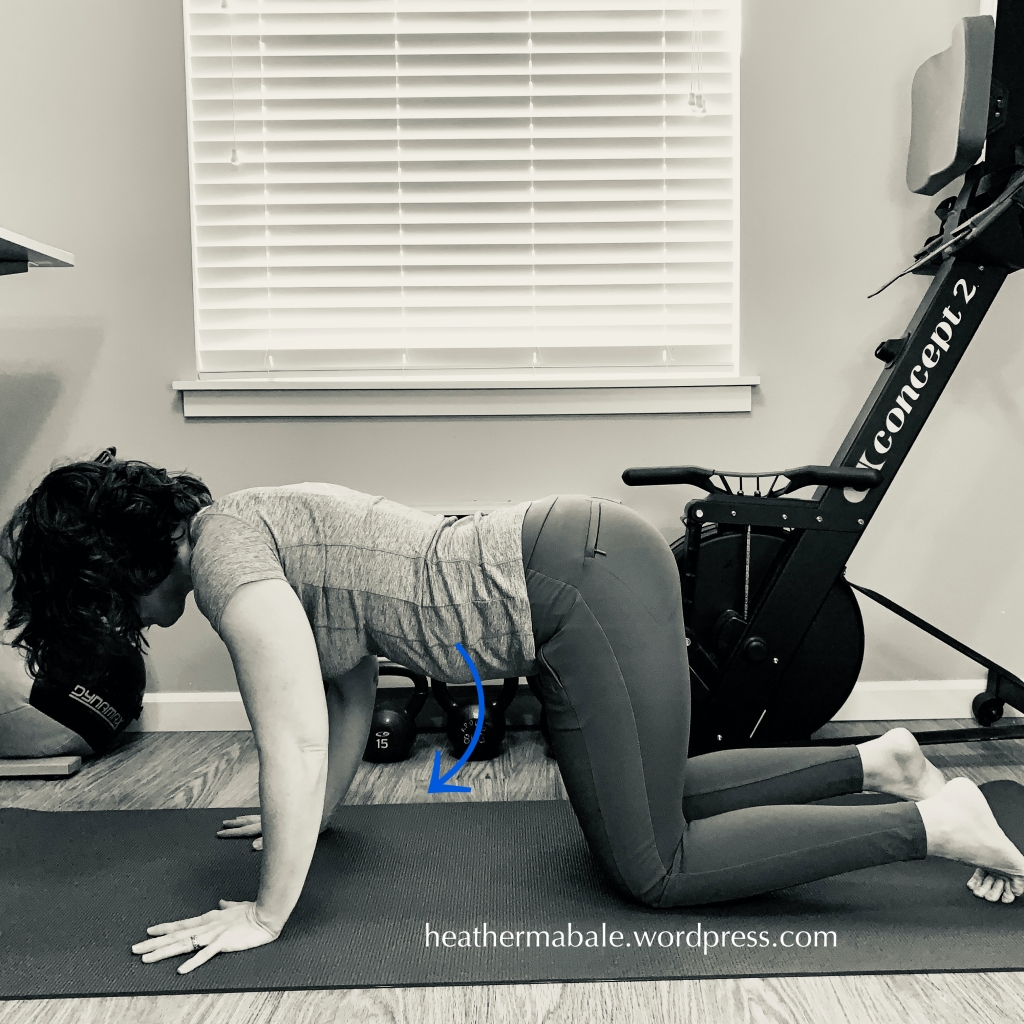
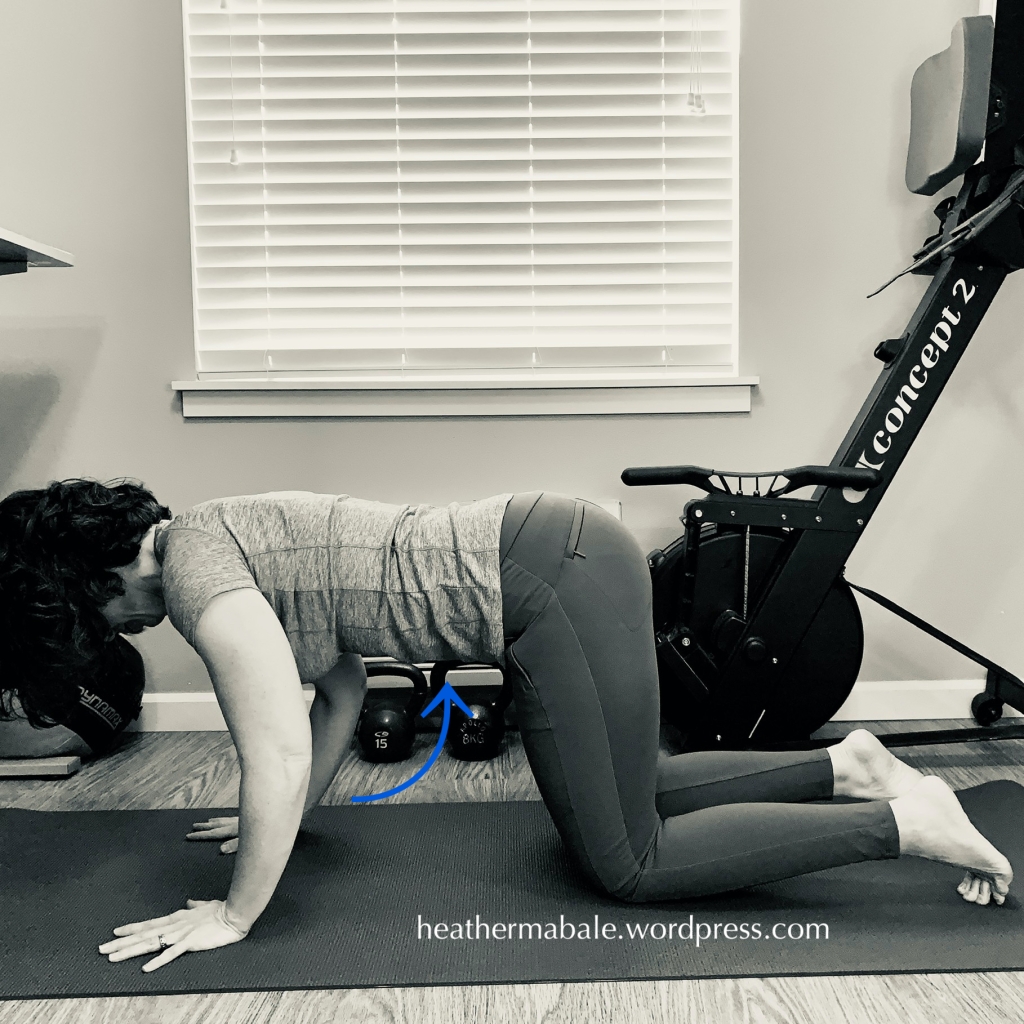
 What is an overactive muscle and why is it like that?
What is an overactive muscle and why is it like that?



